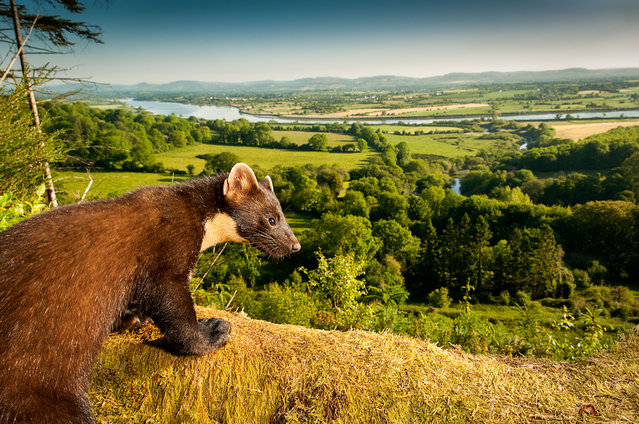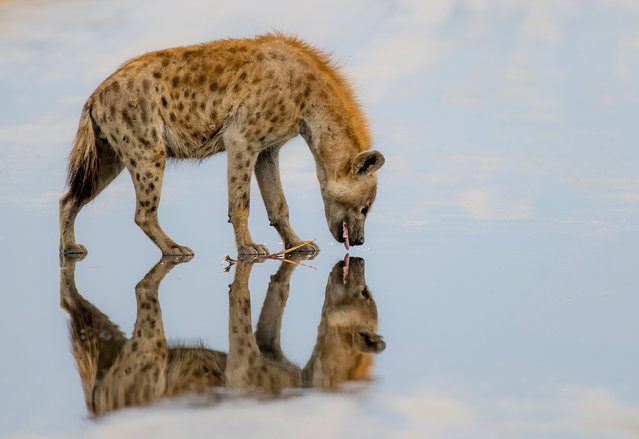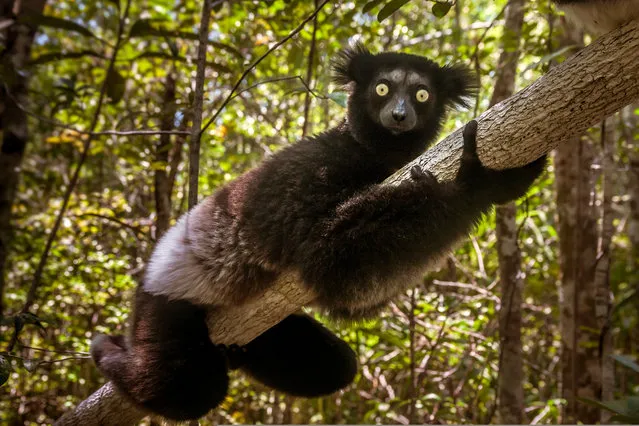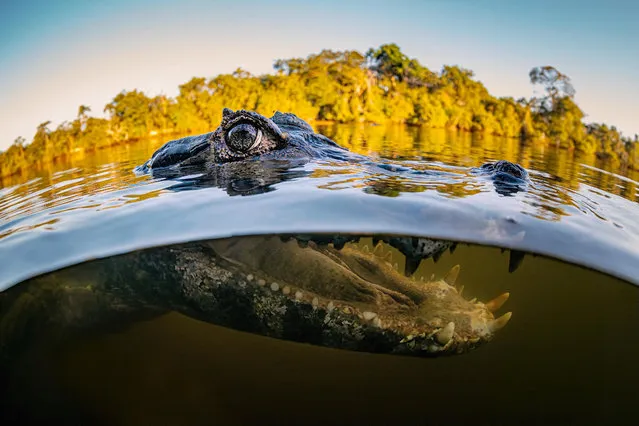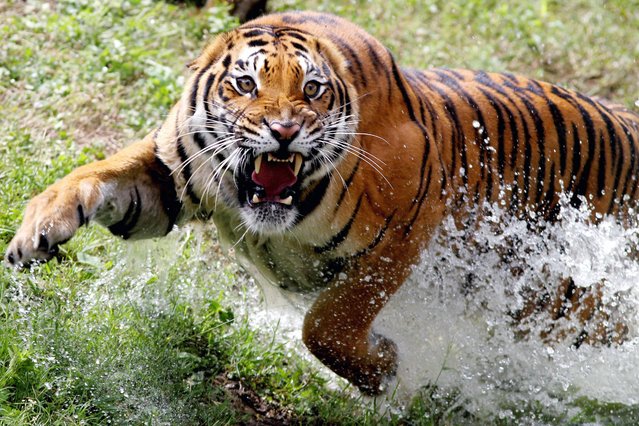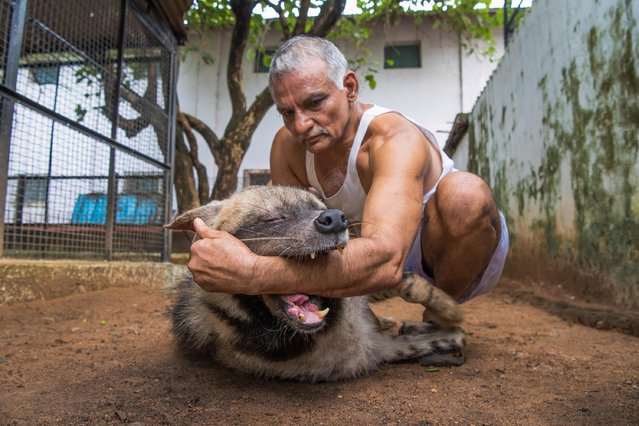
In this Friday, December 5, 2014 photo, Iranian volunteer Asal Moghaddam plays with dogs at the Vafa Animal Shelter in the city of Hashtgerd 43 miles (73 kilometers) west of the capital Tehran, Iran. More than 500 dogs find care and affection at the Vafa Animal Shelter, which was established through an endowment in 2004 and is the country’s only licensed animal refuge. (Photo by Vahid Salemi/AP Photo)
16 Dec 2014 13:02:00,post received
0 comments

